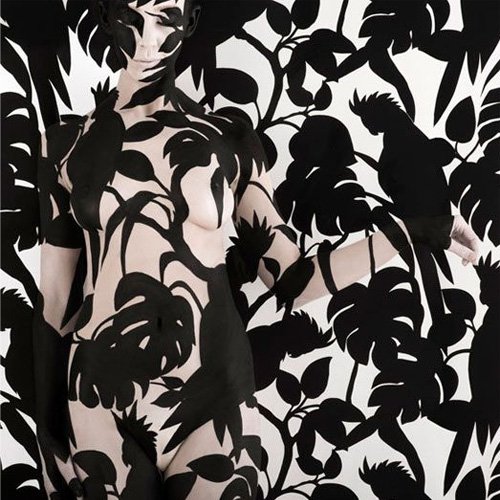|
|
Camouflage By Emma Hack
|
• If the animal is preyed upon then the behavior or characteristics of its predator can influence how the camouflage develops. If the predator has achromatic vision, for example, then the animal will not need to match the color of its surroundings.
Animals produce colors in two ways:
• Biochromes: natural microscopic pigments that absorb certain wavelengths of light and reflect others, creating a visible color that is targeted towards its primary predator.
• Microscopic physical structures, which act like prisms to reflect and scatter light to produce a color that is different from the skin, such as the translucent fur of the Polar Bear, which actually has black skin.
|
|









